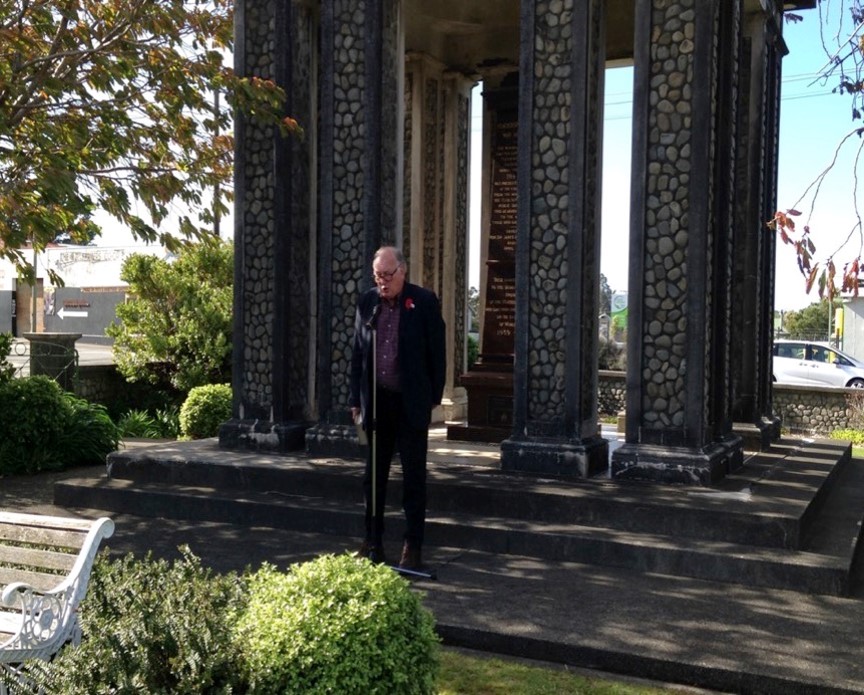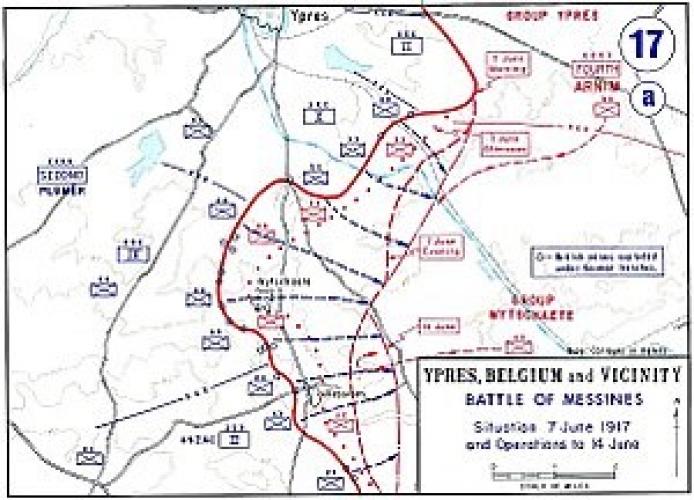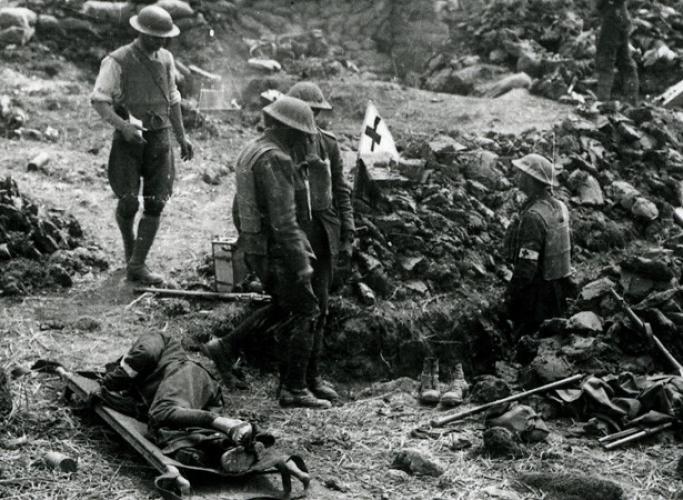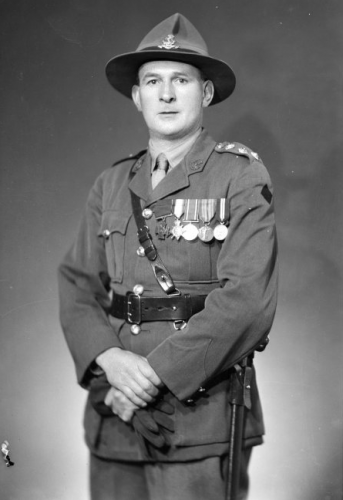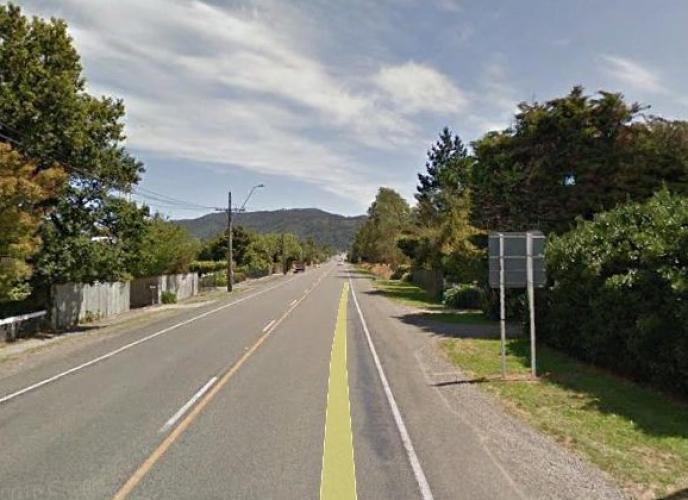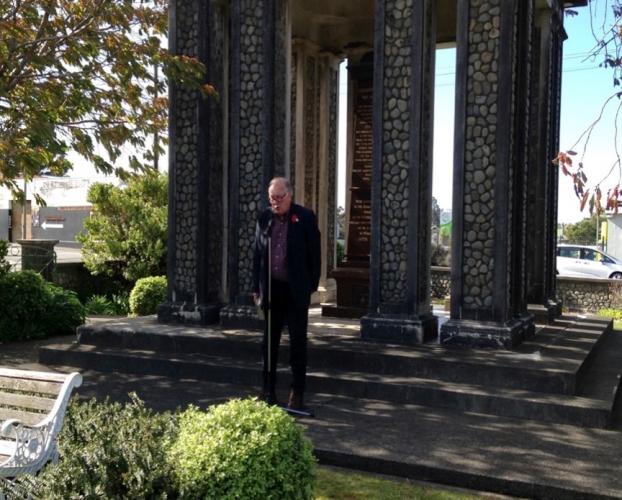111 Messines Way Featherston, street scene 2018
Reason for the name
Messines is the "sister" city to Featherston and this main street is named in honour of the many soldiers who trained at Featherston and served in WW1
The Battles of Messines was on the 7th June 1917. It was a success for the New Zealand and Allied troops despite the loss of many lives. In 1975 the Belgian town of Messines (local name Mesen) was twinned with Featherston. The town square has a map of New Zealand with only Featherston marked.
The Battle of Messines was a battle that served as a forerunner to the much larger and disastrous Third Battle of Ypres, also known as Passchendale which started on the 31st July 1917.
Authors: Kingston Smith and Kimberley Hewison.
There was a focus on capturing the Belgian town of Ypres in order to gain a victory against the German forces. However in order to do this the Allies had to capture the Messines Ridge from the Germans. The planned assault on Messines Ridge required three corps to capture the ridge. Lieutenant-General Godley’s II Anzac Corps would be at the south facing Messines.
The Battle of Messines was a carefully planned military attack that ended in success. On 3:10am on the 7th of June 1917 bombs exploded behind German enemy lines. These bombs had been placed by tunnellers who had been tunnelling for the past two years. Straight after the bombs exploded New Zealand troops from the 2nd and 3rd Rifle Brigades stormed from their trenches and moved towards the ridge in front of them. Australian and British troops advanced on the side of the New Zealand troops.
Immediately after the military attack there was very little German artillery fire. The New Zealand 2nd and 3rd Rifle Brigades were soon advancing on Messines capturing Germans. By 7am the New Zealanders had captured Messines with no Germany enemies in the area. Rifles NCO Samuel Frickleton won a Victoria Cross for “gallantry in the face of the enemy”.
Messines was captured with a small loss of life, however later in the day the Germans began to fire. By the end of the battle on the 9th of June the New Zealand Division had 3700 casualties including 700 dead.
The Battle of Messines led to the liberation of the town of Messines (local name Mesen). In 1975 to commemorate the liberation of Messines, Featherston and Messines adopted each other as twin towns. Featherston was chosen because the main New Zealand infantry training camp was located there. The Messines town council rolled out a public education program to educate the public about New Zealand. Messines school children have learnt the New Zealand anthem in Māori and hold barbeques and hangis.
On Anzac Day in 2005 the towns celebrated their relationship with a three day event that involved wreath laying at the Featherston war memorial. In Mesen there is a New Zealanders Street and Featherston Square and in Featherston there is Messines Way.

